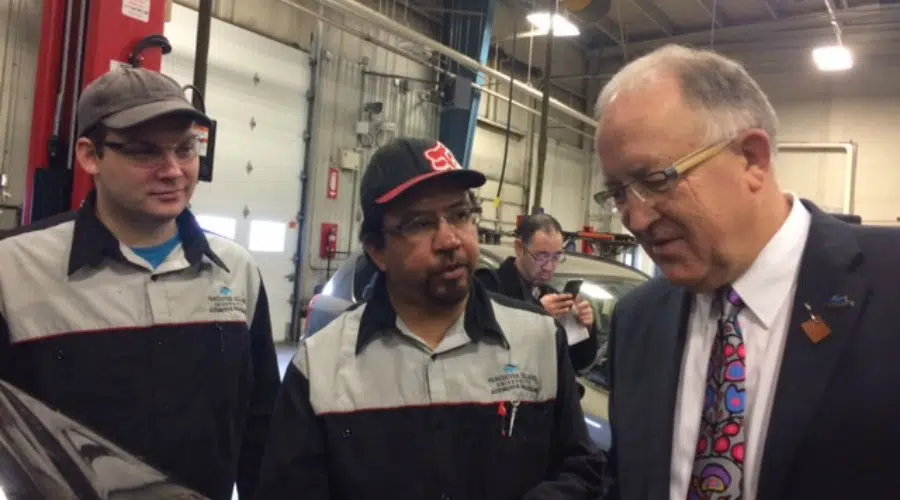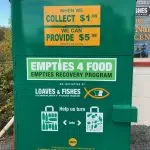
$22M in government cash showers down on Nanaimo VIU trades program
NANAIMO — A massive pool of senior government cash is being pumped into trades programs at Vancouver Island University’s Nanaimo campus.
$22.4-million from primarily senior government sources will be used to upgrade and expand the Marine, Automotive and Trades Complex.
“This is a major pillar of the evolution of the trades that we’ve been looking at for quite a while,” said VIU president Dr. Ralph Nilson.
VIU’s dean of trades and applied technology Glynis Steen says the automotive department will be expanded and outfitted with new technology. She adds that the aging marine building will be torn down and that program added to the current carpentry building, which will be expanded and enhanced.



